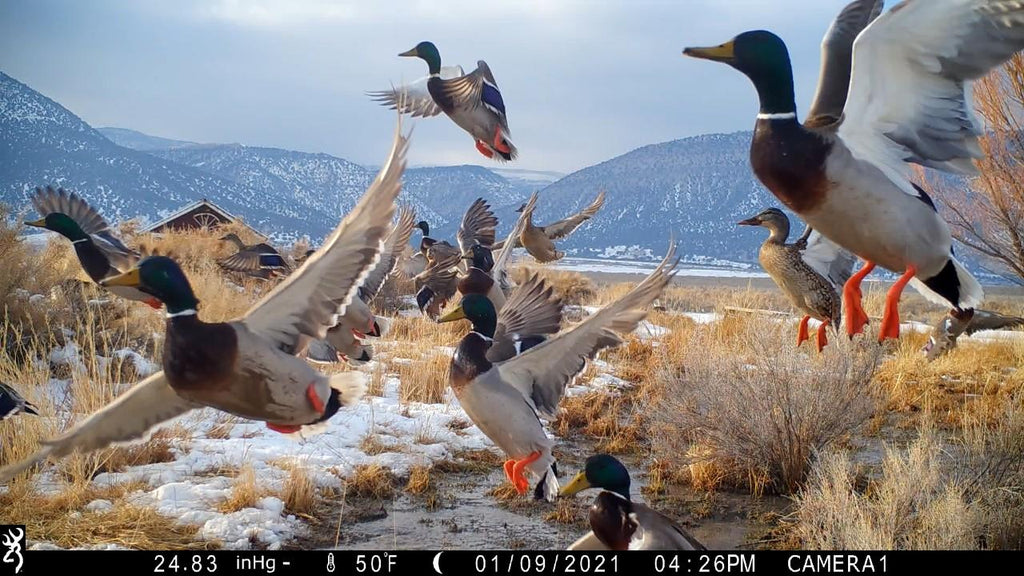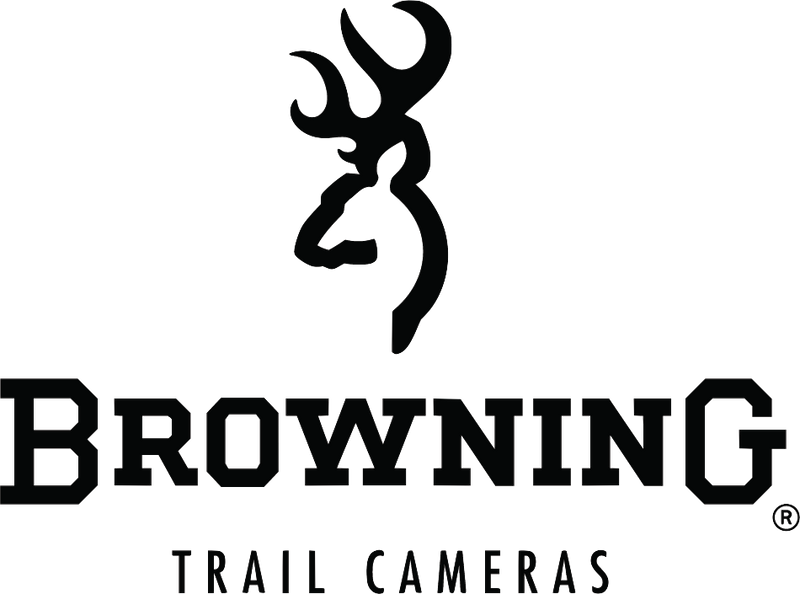Trail Cameras are Changing Wildlife Observation

In the vast expanse of our world’s wild spaces, life unfolds in ways we rarely see firsthand. Predators stalk their prey in the quiet dawn, herds move with coordinated grace, and creatures once thought shy reveal themselves in the cover of night. As humans, we glimpse only fragments of this world—until now. With the evolution of trail camera technology, particularly models built to withstand the most rugged environments, capturing these unseen moments has not only become possible but essential.

The Trail Camera Advantage
Trail cameras have become invaluable tools in wildlife observation, thanks to their discreet yet high-performance design. Set up in remote locations and often left unattended for weeks or months, these cameras can capture images and videos of elusive species without the disturbance of human presence. For years, field biologists and researchers have relied on traditional observation methods, often trekking through dense forests or sitting for hours in observation blinds. While these techniques still have their place, trail cameras bring a new level of efficiency, depth, and insight into understanding wildlife.
Browning Trail Cameras, designed to endure the toughest outdoor conditions, allow for seamless, high-quality recording, even in the face of snow, rain, or searing heat. They deliver stunning, clear footage day and night, capturing the subtleties of animal behavior in habitats ranging from the frozen tundra to scorching deserts. Unlike human observers who might inadvertently disturb the natural scene, Browning cameras become eyes in the wild, capturing moments that otherwise might go unseen.
Changing the Game for Wildlife Conservation
Wildlife conservation efforts have often faced a fundamental challenge: a lack of accurate data. Understanding animal behavior, movement patterns, and habitat preferences are key to designing effective conservation strategies, and gathering this information requires unobtrusive, consistent monitoring. This is where trail cameras come in. Trail cameras allow researchers to obtain detailed data over time in locations where traditional observation methods would be nearly impossible.
With their durability, these cameras can be deployed in challenging environments for months on end, documenting animal activity patterns, seasonal behaviors, and even migration routes. Researchers have noted that continuous footage from Browning cameras can reveal previously unknown behavioral patterns, like the subtle social interactions among nocturnal animals or the shifting territory of predators. This data not only aids in understanding individual species but also allows for larger ecological assessments, shedding light on the complex interdependence within ecosystems.
For example, trail camera footage has helped conservationists monitor endangered species such as the elusive snow leopard in mountainous terrains. By observing their movements, hunting patterns, and interactions with other species, experts can develop targeted initiatives to protect these animals. Without trail cameras, gathering such insights would require disruptive or even dangerous methods for both humans and animals.
Documenting the Details
One of the biggest advantages of trail cameras like Browning’s is their ability to capture high-resolution images and videos that reveal intricate details of animal life. The clarity provided by these cameras allows researchers and conservationists to study subtle aspects of animal behavior, such as the way wolves communicate through body language or how mother bears teach their cubs to forage. Even physical characteristics of individual animals, like specific markings, injuries, or signs of stress, can be documented with ease. This level of detail supports long-term studies on animal health and welfare, providing valuable data for both local and global conservation efforts.
Moreover, high-resolution footage allows researchers to identify individual animals over time. For instance, conservationists studying a pride of lions or a pack of wolves can monitor the health and growth of specific individuals, even tracking injuries or changes in behavior. The insight gleaned from this footage builds a more complete picture of how wild populations are faring over time, particularly when affected by external factors like climate change, habitat encroachment, or disease.
Expanding Citizen Science and Public Engagement
Trail cameras also open up the world of wildlife observation to a broader audience, engaging citizens and amateur naturalists who want to contribute to wildlife studies. Platforms like iNaturalist and eBird have allowed thousands of people worldwide to participate in recording biodiversity, but trail cameras take citizen science to a new level. With the durability and user-friendly design of Browning Trail Cameras, more people can contribute to wildlife observation without needing specialized training.
This rise in citizen-driven observation has led to a surge of valuable data being shared with wildlife organizations, helping conservationists fill in the gaps on species distribution, population density, and even behavioral studies. Browning cameras, which can operate independently in remote locations for extended periods, make it easier than ever for citizen scientists to gather data without disturbing wildlife. The democratization of wildlife observation not only enriches conservation data but fosters a deeper connection between people and the natural world.
This engagement also extends to younger generations. Many schools and educational organizations are utilizing trail cameras to teach students about ecology and conservation. By allowing students to view real footage from Browning cameras, educators can inspire a sense of wonder and respect for wildlife, nurturing future advocates for conservation.
Capturing a Better Understanding of the Natural World
Trail cameras are revolutionizing the way we observe, understand, and protect wildlife. By providing a durable, discreet, and high-quality means of capturing the natural world in its rawest form, these cameras offer a window into the lives of creatures that might otherwise remain hidden. They allow us to witness the resilience of wildlife, document species interactions, and ultimately contribute to efforts that ensure the survival of these species for generations to come.

From dedicated researchers in remote jungles to backyard naturalists recording nocturnal visitors, Browning Trail Cameras empower all who share a love for the wild. By capturing the unseen, we deepen our understanding of nature’s complexity and underscore the importance of protecting it. In a world where environmental challenges continue to mount, this understanding may just be one of our most powerful tools for conservation.
Trail cameras are more than just devices—they are silent observers, storytellers, and allies in our quest to safeguard the planet’s most vulnerable creatures. And with Browning, those stories will continue to unfold, frame by frame, for everyone to see.
